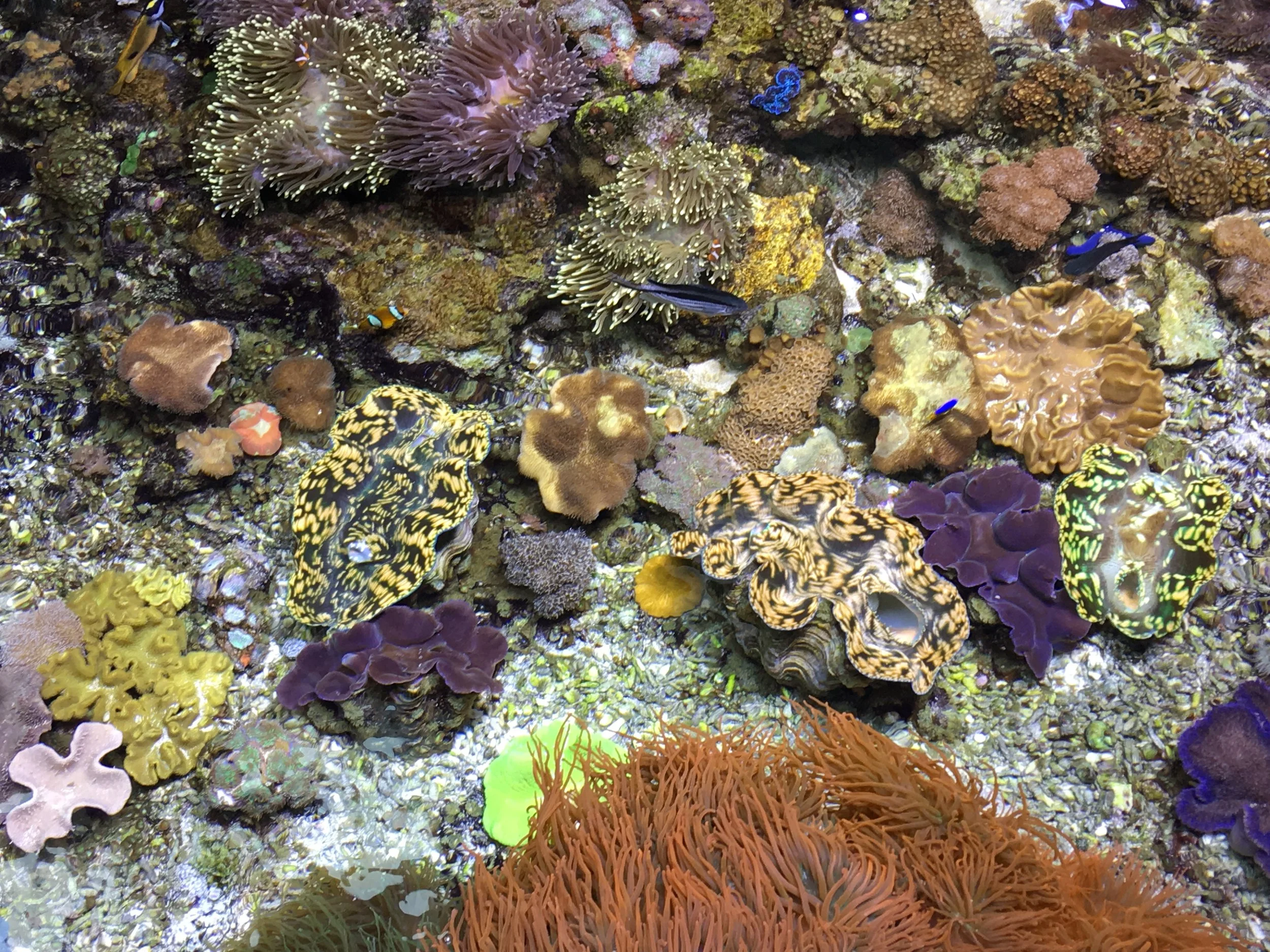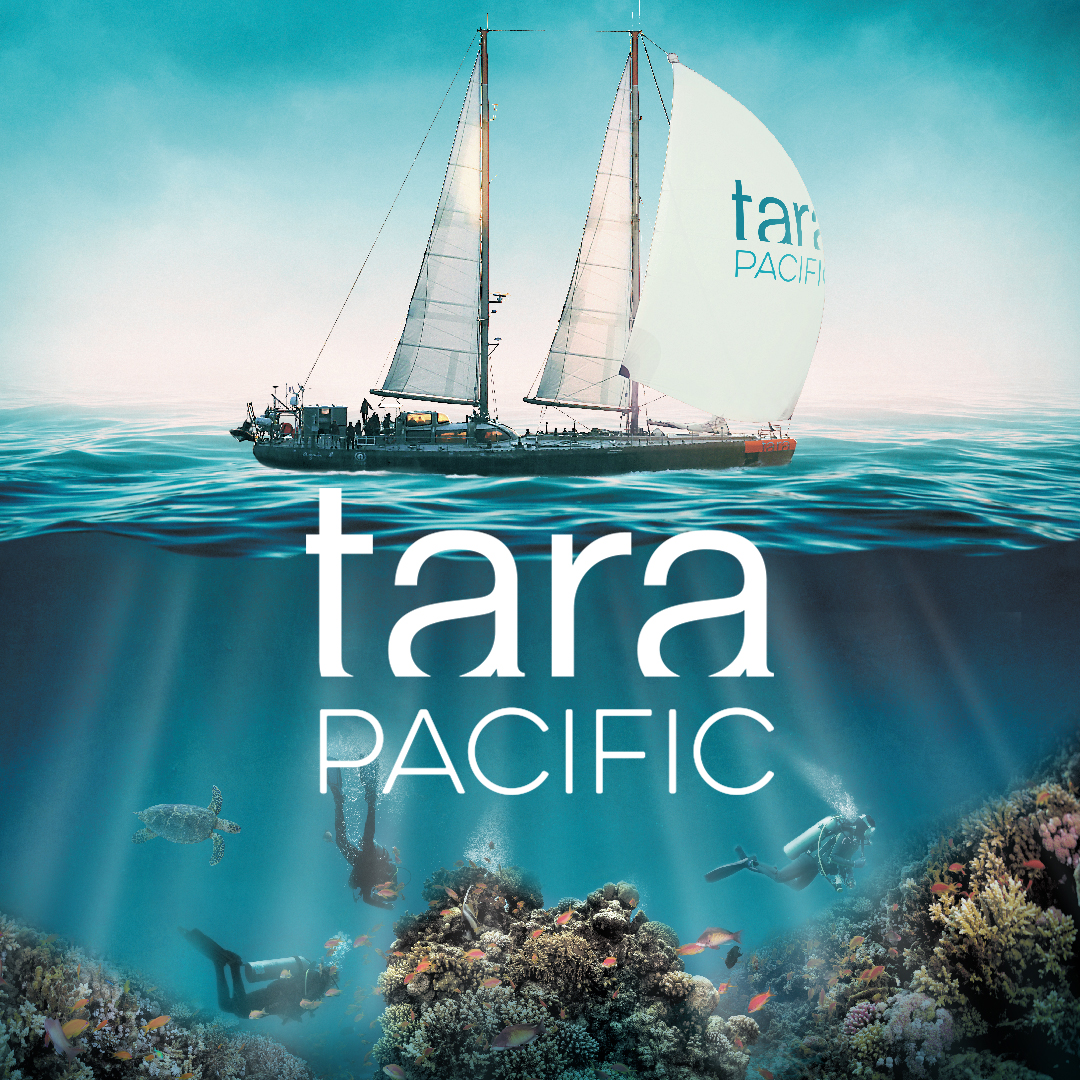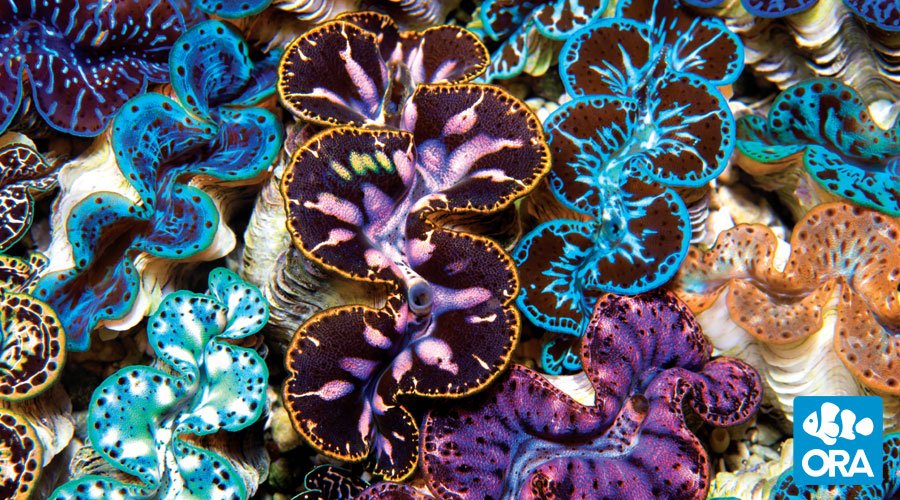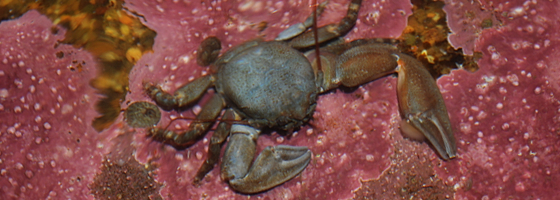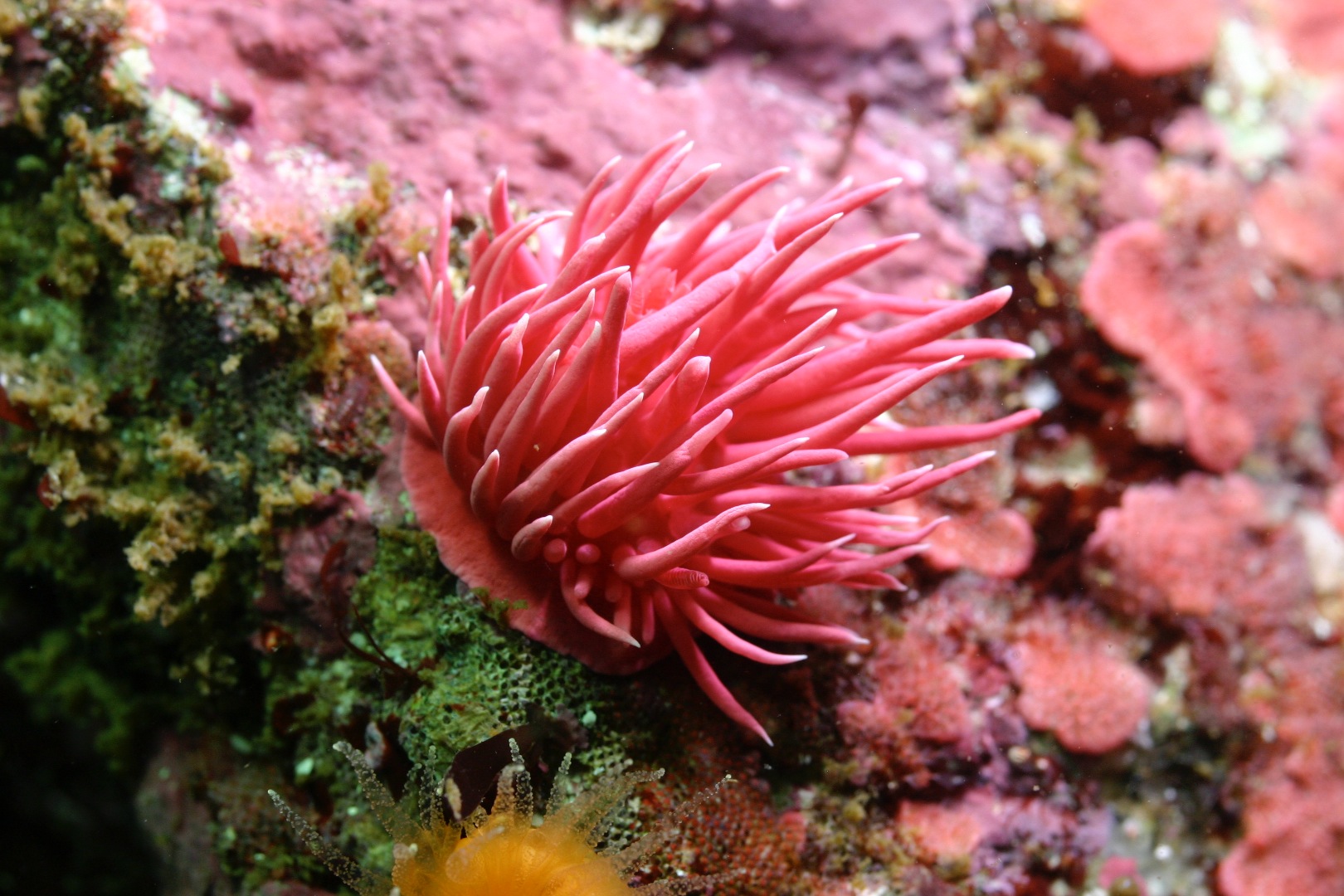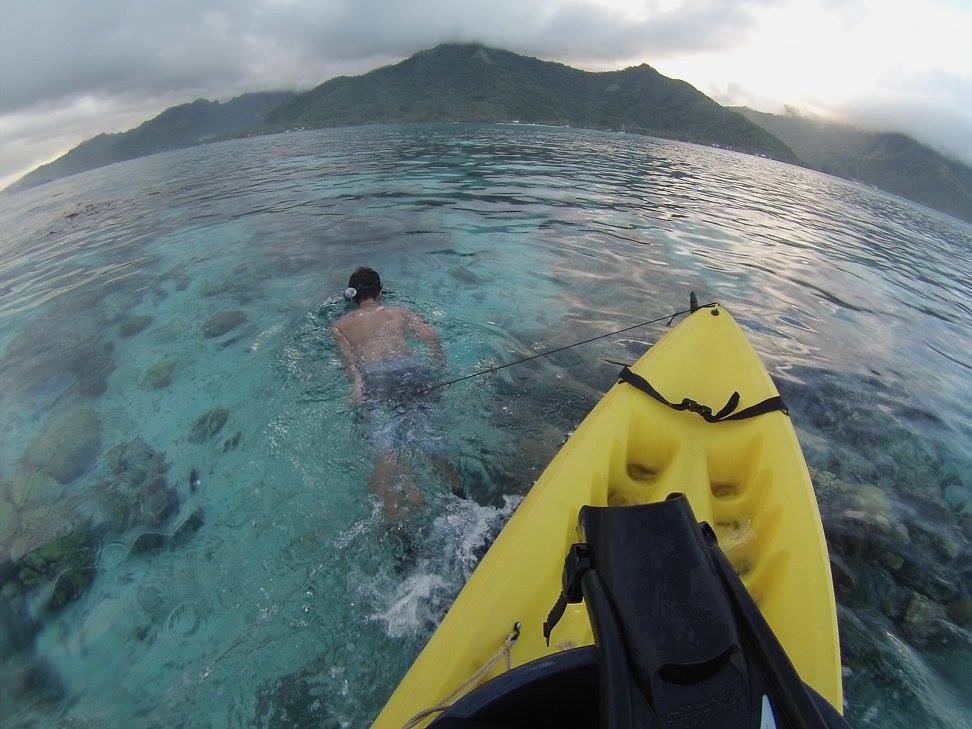SUSCEPTIBILITY OF EARLY-LIFE STAGES TO MULTIPLE STRESSORS
Identifying "Weak links" in Physiological responses to Stress
Exposure to multistressor conditions has a nearly additive, negative, effect on hatching success in the tropical sea hare Stylocheilus striatus. From (Armstrong et al. 2017)
Ocean warming and acidification are both products of increased atmospheric pCO2, and have been shown in many taxa to lead to altered developmental timelines, inhibition of growth, malformations in calcitic exoskeletons, and reduced fitness. However, the magnitude of these effects can vary significantly across taxa and across life history stages within a single taxon. Early life history stages are often more susceptible to acute changes in the environment than adults and frequently require a narrower range of optimal conditions to successfully complete their development. Mortality among early recruits can be extremely high (>90%) even under ambient natural conditions and thus sensitive early life history stages may represent important population bottlenecks. Thus understanding early life history responses to stress are of paramount importance for improving predictions about species persistence under a changing climate.
I'm particularly interested in investigating the sensitivity of early larval stages of marine calcifiers to multiple climate change stressors and have examined these effects in several systems including crustaceans (Petrolisthes crabs), gastropods (sea hares), and bivalves (Tridacna clams). Recently, I've shown that in the tropical sea hare Stylocheilus striatus, hatching success was reduced by ~20 and 55% under high pCO2 and warming, respectively, while simultaneous exposure to both conditions resulted in a nearly additive 70% reduction in hatching. Exposure of embryos to climate change stressors also resulted in significant morphological effects with larval exhibiting a 53% reduction in size under multi-stressor conditions relative to modern ambient controls (Armstrong et al. 2017).
Porcellana platycheles embryos exposed to 1-h heat shock early in development (orange), or both early and late (red) showed higher levels of mortality mid-way through the experiment (black arrow) than those exposed to heat shock later in development or not at all (green and blue lines).
I'm also interested in understanding how the timing of exposure to "extreme" events (e.g. heat waves, high pCO2 upwelling) may alter developmental trajectories in marine invertebrates. To address this question, I worked in collaboration with Dr. Piero Calosi to assess developmental effects of exposure to acute heat stress in an intertidal porcelain crab, Porcellana platycheles. Embryos exposed to an acute heat shock in early development (Early and Double Heat Shock treatments) showed significantly higher levels of mortality mid-way through the development. However, exposure to heat shock in later development had no (or only slightly negative) effect on embryonic survival. This suggests that even within early life history stages, there are windows of increased vulnerability to stress exposure.
